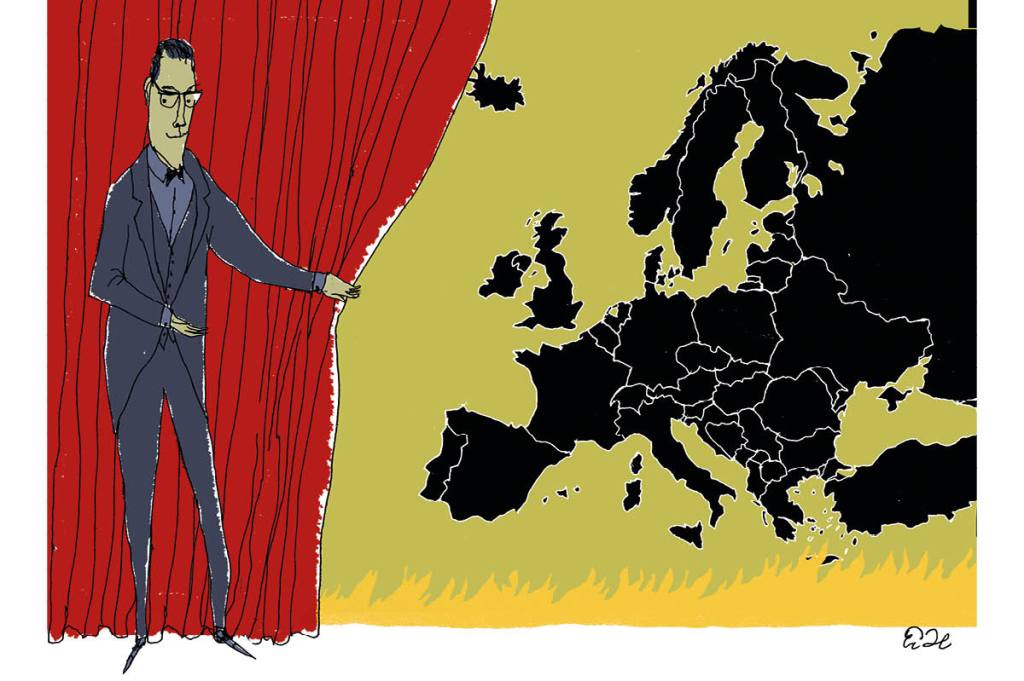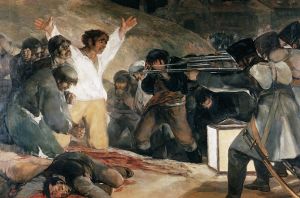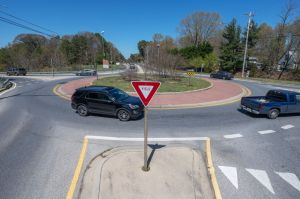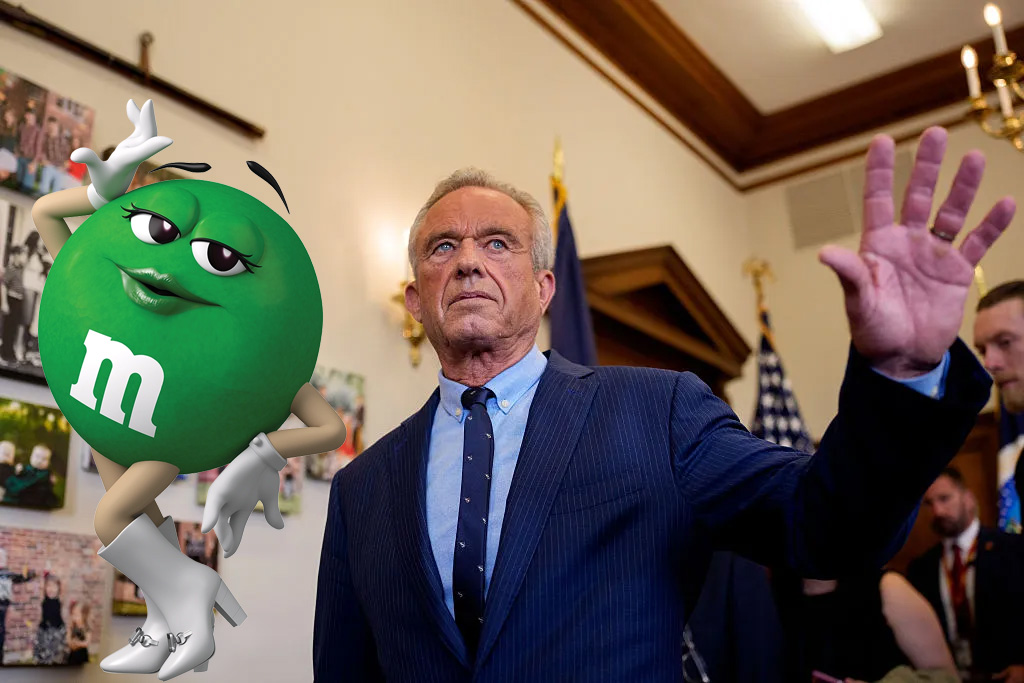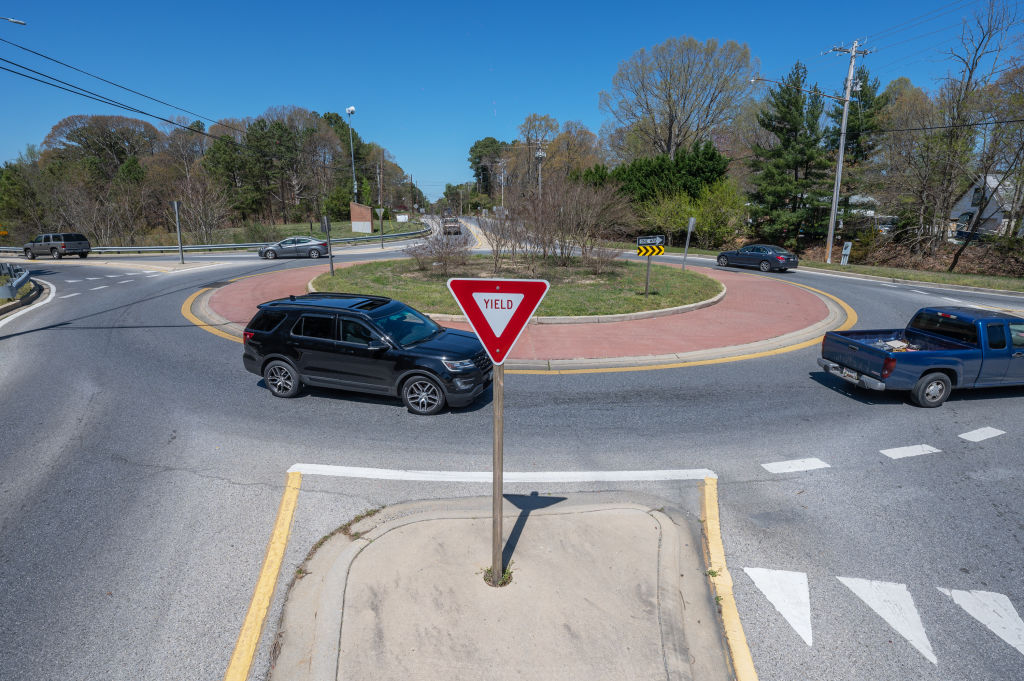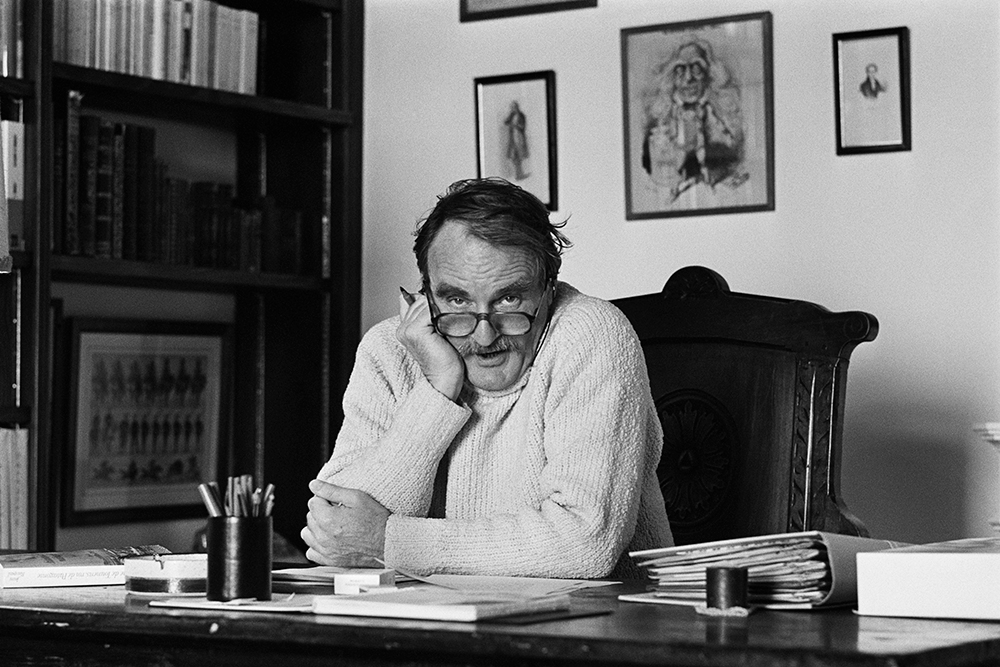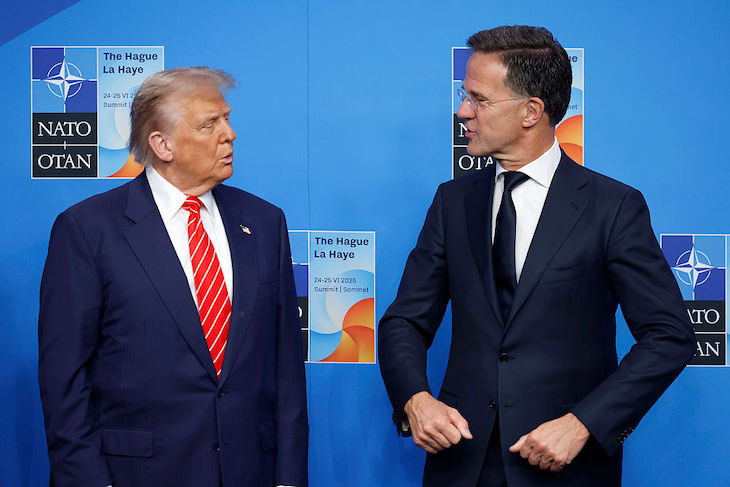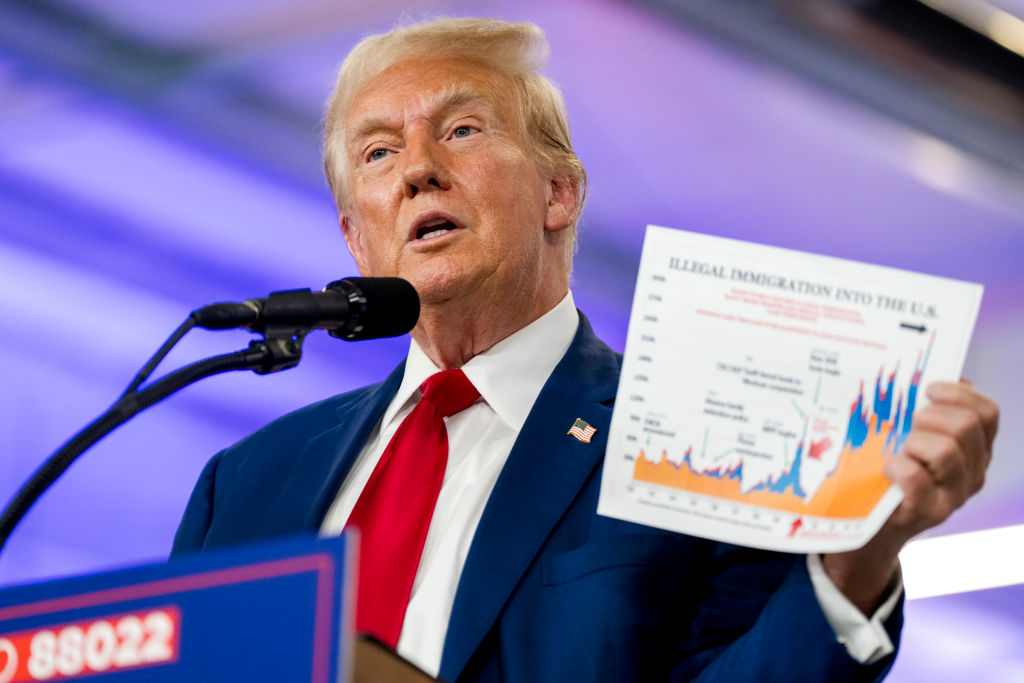The temperature, at last, is starting to drop — and for Europeans that only means one thing: peak season is over.
The crowds in the piazzas and on the beaches are starting to thin. And in the tavernas that were TikTokked you can finally think about getting a table. It’s time. Like the clockwork of migrating swallows — the Americans are going home.
And knowing you can finally count on a breeze and far fewer strong-dollar spenders than a few weeks earlier, a stingier tipping class of European grande bourgeoisie in West London or the 8ème arrondissement — that has long since given up on July and August for the Mediterranean — is now contemplating a holiday.
It’s still, however, at least conversationally, Europe season in the United States for a few more weeks. Having collectively taken hundreds of millions of photographs of some of the most imaged sights of the world — here is my picture of the leaning tower of Pisa, everyone — the returnees landing in every state are now determined to narrate their odysseys through Wikitravel and TripAdvisor recommendations to anyone who will listen.
And this can be frustrating, especially if you really know Europe, because every year flocks of Americans return with a gigantic misconception that readers are hereby encouraged to challenge. That Europe is “quaint.” That unlike the United States it is in fact, a museum. Where history and a few classic films happened and now little else.
This could not be further from the truth. The European way of life has been changing much more dramatically than life in the United States over the last few decades. In fact, it’s being turned on its head by immigration, climate change and war. Step back from the familiar photo spots on an American Eurotrip — for example, in Berlin that means spending your time minimizing contact with the Instagram Story chroniclers at Checkpoint Charlie or the Brandenburg Gate — and you will find that every European city is nothing like it was in the 1980s.
This is what I wanted to demonstrate in my new book This Is Europe: The Way We Live Now, which shows the real Europe of today, not of misty imaginings, through the voices of the people who live there. Both those deeply rooted in the soil and those, like Aboud, who have only just got there.
It was by following Aboud, a Syrian refugee and a delivery man for Amazon, about Berlin that I really got to see how different Europe’s cities are from the way we imagine them. The changes were starkly visible to this new arrival. Berlin, he felt, was hardly a German city at all. Instead, he told me he had found himself in an immigrant city, where layers of Middle Eastern, African, Asian and Eastern European migrants worked for German and Western European laptop workers who prefer not to see the strange new society all around them. What did they know, Aboud kept asking, of the black-market, semi-criminalized world he now found himself in, feeling himself trapped in the soft authoritarianism of the app telling him to turn left, turn right or photograph the package before bleeping in rage?
The full immensity of what was happening first dawned on me in the Alps, behind the scenes of another familiar tourist location, but from another season: the ski slopes around the Col de Montgenèvre, between France and Italy. Here, African migrants, fleeing poverty and desperation in their home countries, were crossing the passes of Hannibal and Napoleon into France by night to avoid the police who would have caught them on buses and trains or by daylight. Joining them, one night, I found myself carrying a five-year-old girl on my shoulders, because her exhausted father could no longer carry her weight, trudging through the snow up this perilous path. He knew full well men like him had died. They were hoping to make it to Paris. This migrant world — making a new Europe — is behind every scene an American tourist might see in Europe. In every kitchen and in every hotel laundry room.
American tourists have missed Europe becoming an immigrant society. The numbers speak for themselves: 17 percent of the German population has immigrated there since 1950. That is higher than the 13.6 percent of the US population that is foreign-born. Even in Ireland, the traditional country of emigration to the New World par excellence, the foreign-born population is now 18 percent, again higher than the United States. These are dramatic changes for countries that were, until recently, statistically very different from America — they remained broadly monoethnic, with few migrants. This has brought with it vast cultural changes too. Take France, which was 0.55 percent Muslim in 1950 and is today close to 10 percent. Across Europe, the scale of the transformation is often most appreciated by the immigrants themselves, such as the Tunisian-born salafist imam I got to know in Avignon, who marveled at the explosion at the size of his flock in the last few decades.
Europe is in a state of demographic revolution. This is very much not what you’d expect to find in a museum. And — many visiting Americans may have suffered under the heat domes which suffocated Mediterranean Europe for weeks this summer — this is a continent where climate change is on the verge of upending its old way of life. I first realized this by getting to know Jean-Marc, a multigeneration winemaker, in France’s historic winegrowing region of Burgundy. What could be more European than a glass of white Meursault? Few things indeed. But the question is for how much longer. Across Burgundy, records first collected by the monks show the old familiar time for the vendanges relatively static for centuries.
But today, Jean-Marc explained, as a consequence of climate change, they are harvesting a full month earlier in the summer than they used to. Huge amounts of grapes are being lost by the disappearance of old familiar patterns of winter as things start to grow before the last frosts, and may be nipped in the bud. Winemakers are being driven to desperation — lighting candles between the vines in an eerie spectacle, or beating smoke over them to shield them from the frost. The great winemakers are already taking precautions rapidly: purchasing land and planting vineyards in England, Romania, Japan and Scandinavia as they worry that if temperatures continue to rise as feared Burgundy will no longer produce the same wine. Hardly the unchanging and air-conditioned environment of the Louvre or the Uffizi.
Sitting on the beach, it might well seem that Europe is rather languid. Please, I beg: look at whatever news app you use on your phone. War has been shaking this continent. American tourists might do well to remember that Europe is not just familiar holiday destinations. General de Gaulle, famously, once correctly pointed out that Europe stretches from the Atlantic to the Urals. Kyiv is only halfway. And it is in Ukraine where the biggest battles since World War Two are now raging as the comedian-turned-Agamemnon Volodymyr Zelensky’s forces are trying to push out Vladimir Putin’s invaders.
The lives transformed by this are those like Olya’s, a volunteer I got to know from Vinnytsia, who signed up for her country as a cook and found herself at the zero line with Russian forces. She sees Europe as a continent where the clash between freedom and tyranny is real and happening right now. Europe, rather than being as quaint and staid as, say, Wisconsin or Massachusetts, is really being transformed by two great quests for freedom: those of the migrants and refugees coming from the south seeking it and those at war in the east trying to preserve it.
This brings us to a deeper point about Europe. American observers have been calling Europe a museum, a place where history happened, for decades. But they are missing, in doing so, the history that is happening there. Unlike the United States, Europe has been in a perpetual revolution about how it organizes itself politically for almost thirty-five years.
Not only was post-Cold War Europe a veritable construction yard of states — many of them new — over two dozen of them would come to be involved in the unidentified political object that is the European Union. Twenty would change their currency and in the last few years — obscured by the Byzantine complexities of European summitry readouts — they have taken dramatic steps toward collectivizing debt and seen a strengthened European Commission set the agenda. The United States has not seen a political revolution this profound since the Civil War. Europe may be sclerotic — it may not serve as much ice-cold water on tap, as desired — but the one thing it is not doing is standing still. You just have to get out of the museums to see it.
This article was originally published in The Spectator’s September 2023 World edition.



